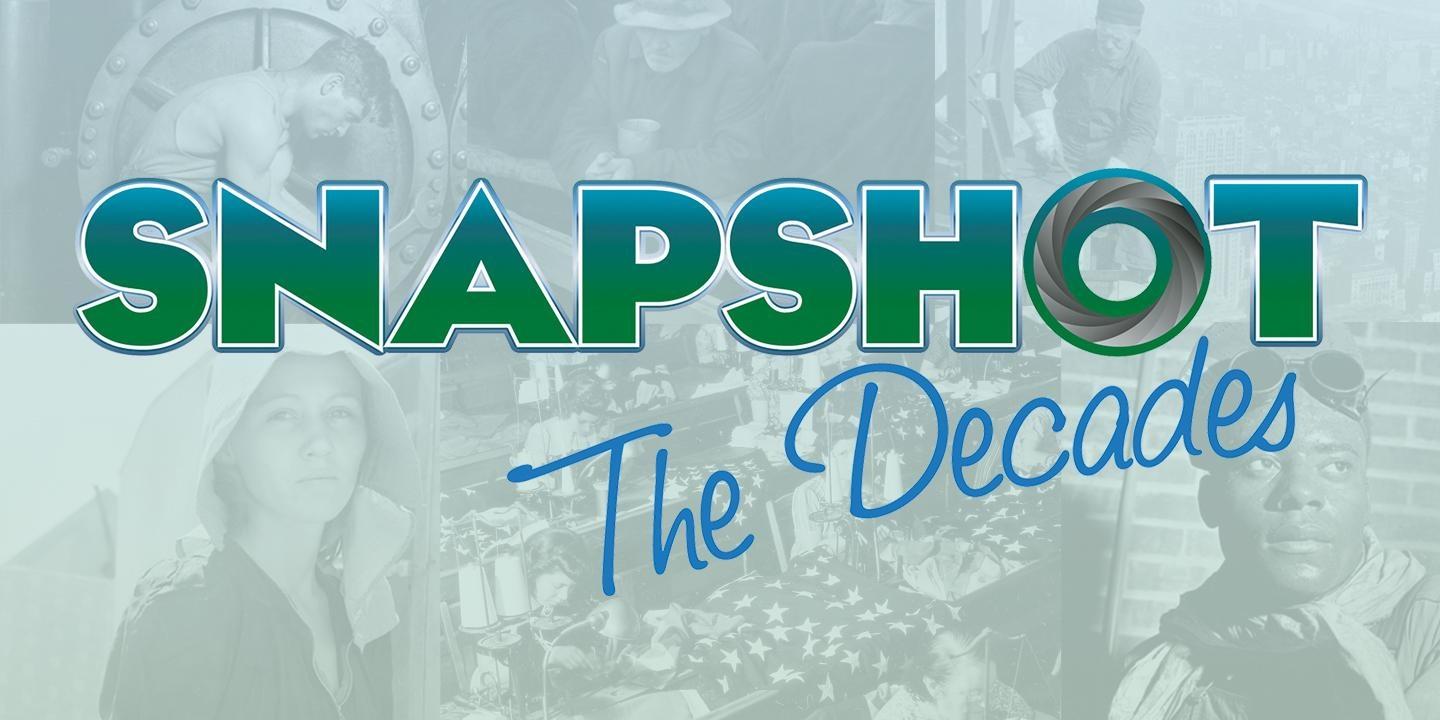
Snapshot: The Decades
Using historical footage and narration, this series focuses on the social, economic, political and scientific events of each decade—from the 1920s to the 1960s.
SNAPSHOT: THE DECADES matches standards for Grade 10 social studies and language arts. The educational curriculum committee that advises Western Reserve Public Media recommended the topic of the decades from 1920 through the 1960s as one for which teaching materials were most needed. They said that there are many resources available, but very few offer a coherent approach to the topic. Based on their recommendations, we created this multimedia package. Teachers can use either the simulation section for an overall approach to the decades or they can use the lesson plans that address each topic in the standards individually. The videos are an overview of each decade, with an emphasis on the topics listed in the educational standards.
Educational Resources
Produced: 2006
Subject Area: Social Studies; Language Arts; Various other standards
Grade Level: 10
Resources: Snapshot: The Decades Teacher Guide
The 1920s analyzes the major political, economic, social and scientific developments of the 1920s. Emphasis is given to the Red Scare, women’s right to vote, black Americans’ migration from the South to the North, immigration restrictions, nativism, race riots, the reemergence of the Ku Klux Klan, the Roaring Twenties, the Harlem Renaissance, stock market speculation and the stock market crash.
The 1960s looks at the impact of Brown v. Board of Education and how this act affects discrimination practices in all areas of our lives. The Civil Rights Movement and the Vietnam War are seen in terms of the counterculture and the women’s rights movements.
The 1930s analyzes the causes and consequences of major political, economic and social developments of the 1930s. Emphasis is given to the Great Depression, the Dust Bowl and the New Deal.
The 1940s analyzes the impact of U.S. participation in World War II and the major domestic developments at home. Emphasis is on the events happening at home to support the war efforts, such as women and minorities in the workforce and the internment of Japanese-Americans who lived in the western United States.
The 1950s traces immigration patterns, post-World War II prosperity, the space race and McCarthyism.